The Independent's journalism is supported by our readers. When you purchase through links on our site, we may earn commission.
13 dos and don’ts of sharing beauty products, from razors and towels to moisturisers and mascaras
‘What’s mine is yours’ isn’t a valid excuse
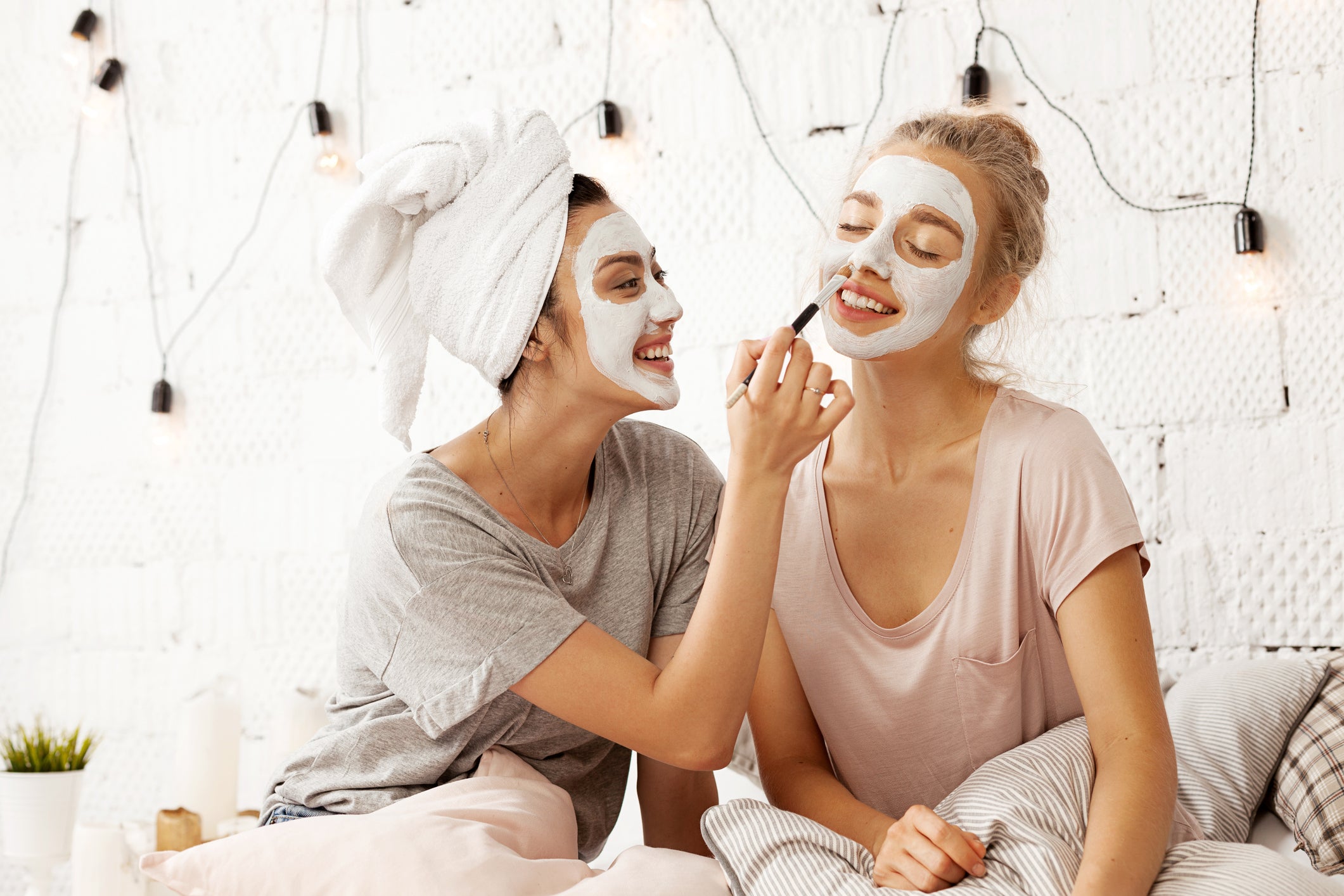
There are some couples who think that the ultimate sign of intimacy is squeezing each other’s blackheads or going to the toilet in front of each other.
When it comes to friendships, most of us have shared a towel with a friend after sitting in a jacuzzi or borrowed a pair of clean pants the morning after an impromptu sleepover.
But while it's often tempting to share beauty products with a loved one, have you ever through that you might be putting your health at risk as a result?
“Bacterial, fungal and viral infections can be transmitted via towels, razor blades and all sorts of beauty and household products, even among friends and loved ones,” Dr Adil Sheraz, consultant dermatologist and British Skin Foundation spokesperson, tells The Independent.
Here is a breakdown of the 13 beauty items you should reconsider sharing, according to the experts.
Razors
We’ve all been there. You nip in the shower for a quick wash before heading out to meet friends for a night out and realise you threw out your last razor the day before, resulting in a five o’clock shadow that isn’t going anywhere without some immediate action.
While borrowing your housemate or partner’s razor for a quick shave of the armpits and legs doesn’t seem like the worst thing to do, Dr Sheraz warns you to think twice.
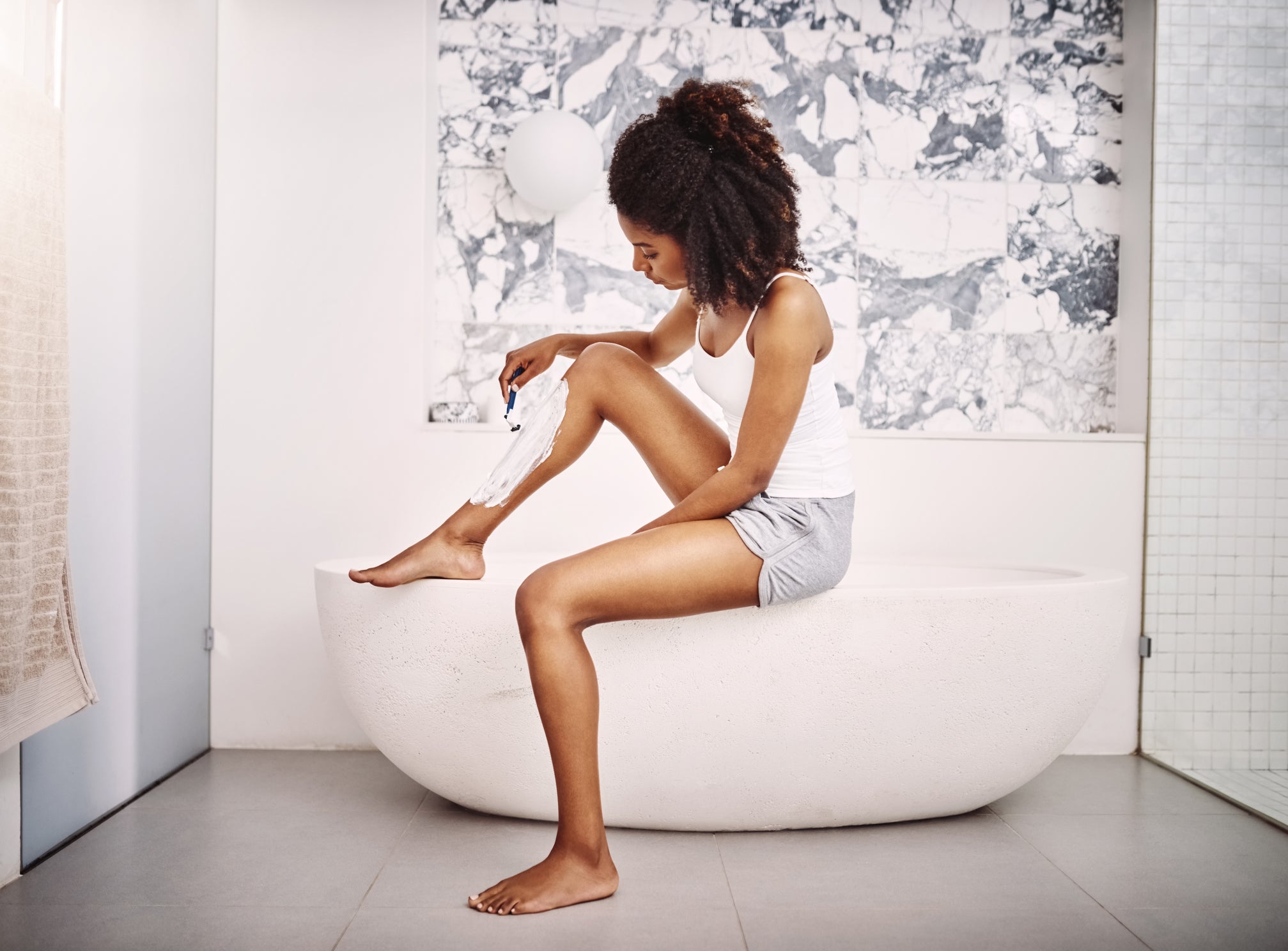
“Razor blades will transmit bacteria and viruses,” he explains. To make matters worse, Dr Shiraz says viral warts can also quite easily be transmitted by contaminated blades.
“Although the chances are low but if you’re really unlucky then more serious viruses such as Hepatitis B can also be transmitted,” he says. “Razors should never be shared.”
Toothbrushes
“What’s mine is yours” might be a common phrase uttered in the hallways of your home but rest assured, the saying should not apply when it comes to sharing toothbrushes.
“I would never recommend sharing another person’s toothbrush, as it can actually lead to various health problems,” says Harley Street-based dentist Dr Richard Marques.
“As well as the risk of transferring minor health problems like the common cold, more serious issues could be shared.”
Dr Marques explains that when we brush our teeth it can cause the gums to bleed. “This means that as well as sharing saliva, you’re potentially sharing blood which is a big risk for spreading diseases through the blood stream including hepatitis B and even HIV,” he adds.
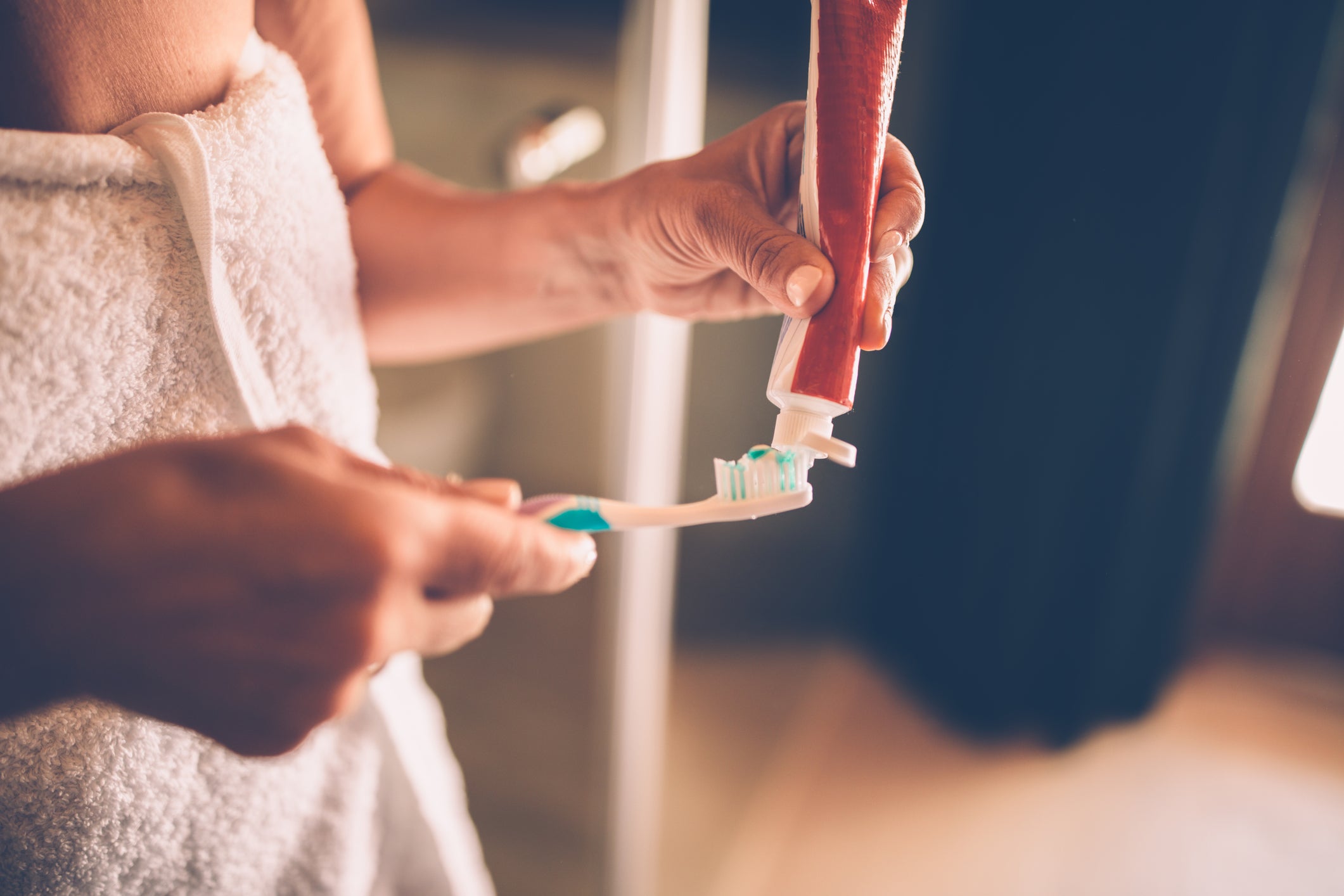
“We each carry unique bacteria in our mouth, and adding extra bacteria to this mix by sharing a toothbrush can have unintended consequences by changing this mix of bacteria and adding new ones.
“This can ultimately cause tooth decay and gum disease which can lead to tooth loss.
As a result, the dental expert advises toothbrush users to ensure to brush twice a day…with their own toothbrush.
Hairbrushes
If you still have nightmares of having head lice during primary school as a result of a teacher thinking it’s perfectly normal to use the same hairbrush on 50 students, believe us when we say that you’re not the only one.
Nathan Walker, Trevor Sorbie’s international technical director, says there’s a reason why stylists use sanitising products to keep their tools clean and hygienic at professional hair salons.
“You can almost think of your hairbrush as a toothbrush,” he says. “The skin cells of the scalp shed and flake, but also secrets a protective oil called sebum, so thinking of all of this I wouldn’t recommend sharing."
When it comes to the dangers of sharing hairbrushes, Walker warns that dandruff can be caused by a type of bacterial infection which could be transmitted through sharing brushes. He says there is also a high risk of passing on parasites like head lice.
“Whilst head lice don’t live in brushes the head-to-head contact of the brush easily transfers a louse from one person to another,” he says.
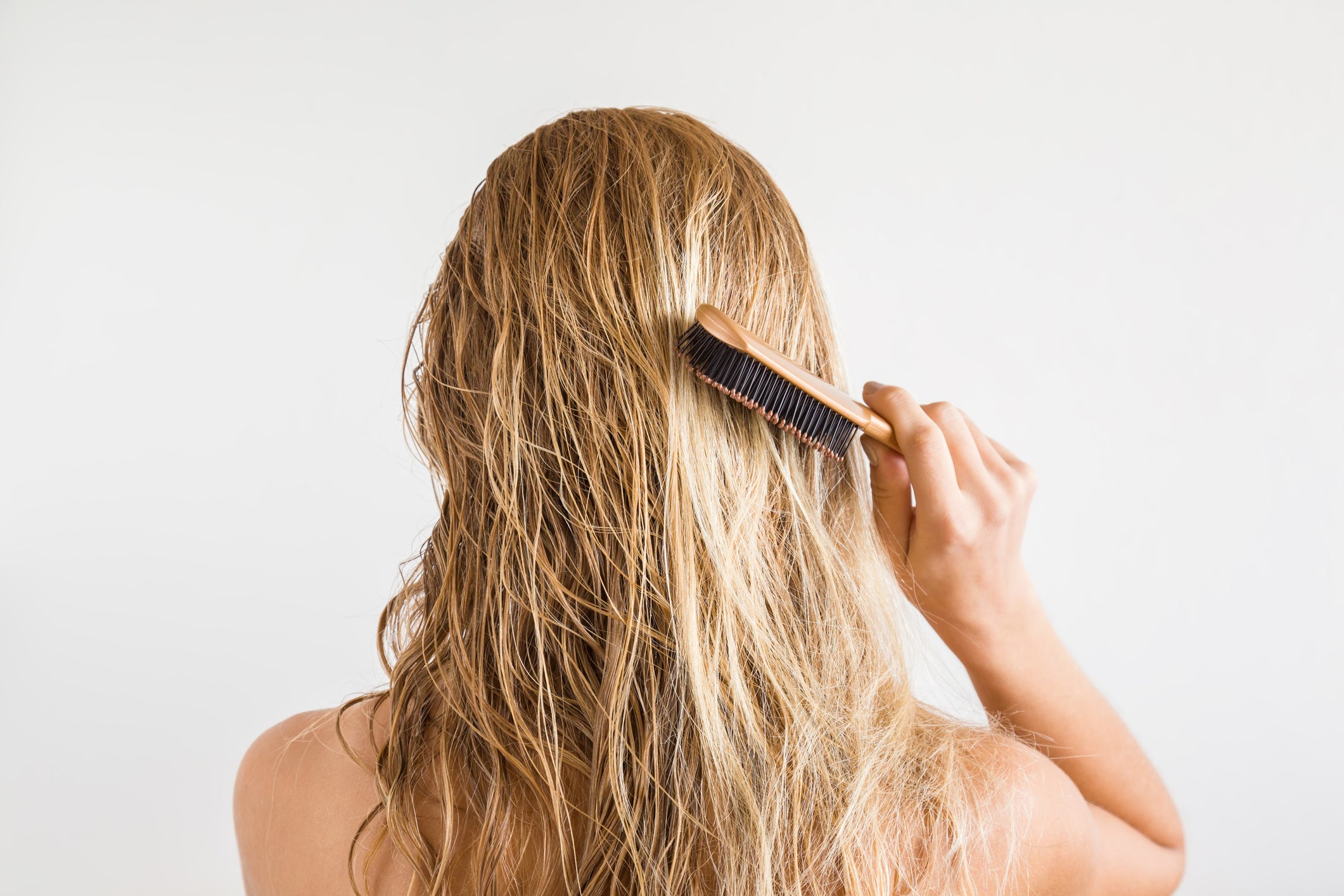
“Also, if the person’s brush your borrowing has a sore or broken scalp, you can potentially transfer blood from person to person. These are all worst-case scenarios and basic hygiene such as washing regularly with hot water and mild detergent can keep your brushes clean.
“Different hair types also require different types of brushes – so perhaps picking up your flatmates or partner’s will do more harm than good.”
If you decide to share a hairbrush with another person, Walker suggests washing natural or nylon bristle brushes in hot water with a mild shampoo.
“The first thing before cleaning any brush is to remove any hair,” he explains, adding that “a comb is good for doing this.
“Then, wet the bristles and apply a small amount of shampoo and massage gently. Ensure to rinse thoroughly in warm water. They can be left to dry naturally or with a hair dryer.”
Brush sanitisers are also available at professional beauty stores for those concerned about the risks.
Hair wax
If you’re in the gym changng rooms or your friend’s bathroom and considering scooping a dollop of hair wax into your hand without them knowing, that’s absolutely fine, according to the experts.
“Most hair products contain ingredients to keep bacteria to a minimum and preservatives to keep the product fresh,” says Walker.
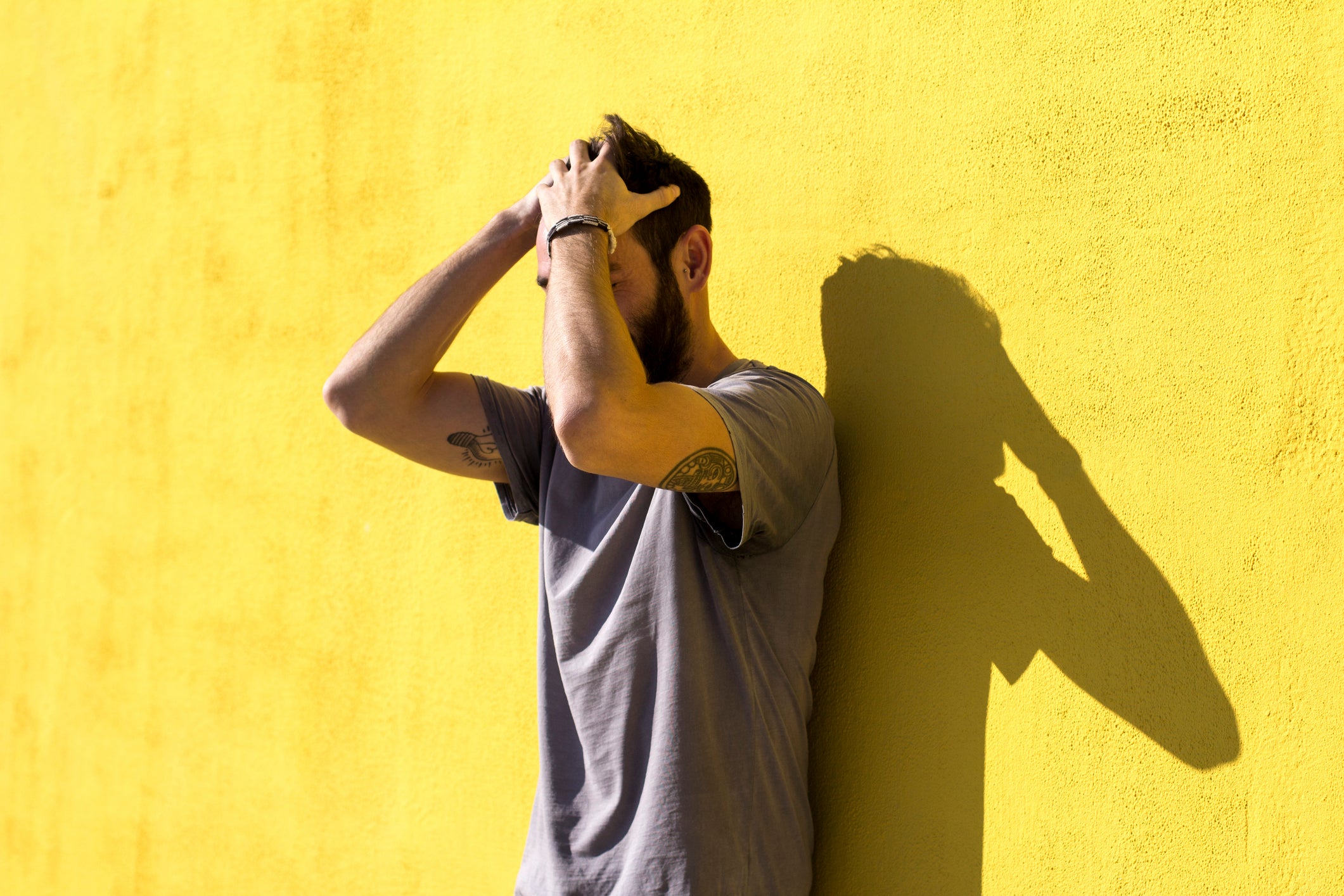
“Compared to sharing a brush, sharing products has little risk. For example, in salons the stylists share products. I have no knowledge personally of anyone having contracted any infection or infestation because of sharing products.”
That said, you might want to clean your hands before using. Sharing is caring, and so is cleanliness.
Curling tongs and straighteners
Sharing heated hair tools is almost a weekend ritual for many friendship groups. But if you’ve ever worried about sharing straighteners moments after your pal for fear or spreading bacteria, fear not.
“Curling tongs and straighteners heat to over 100 degrees Celsius, so any bacteria would be killed,” says Walker. While these temperatures won’t kill head lice, the hair expert says that the survival of the louse off the scalp is limited “so risk is minimal”.
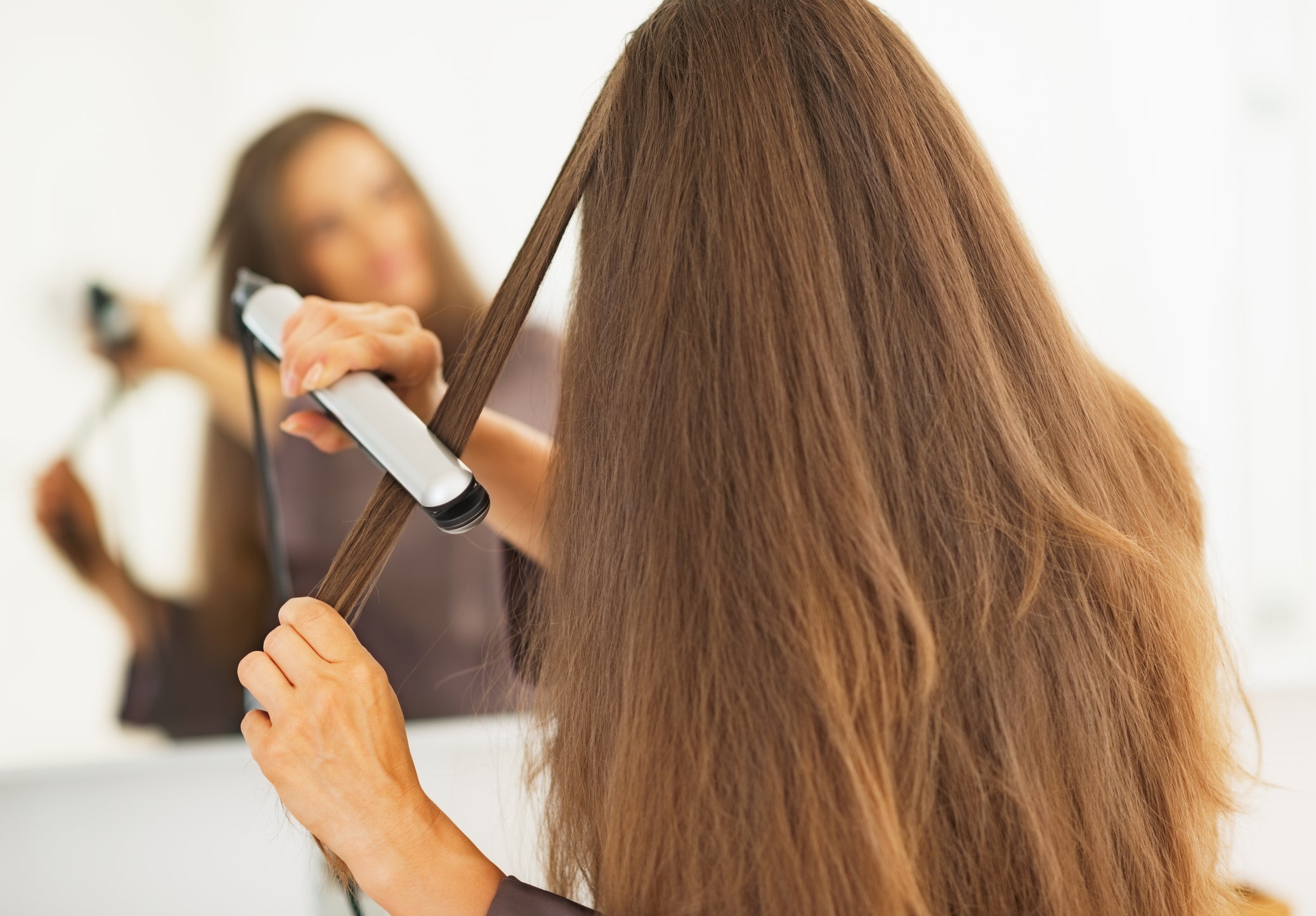
He adds: “The most important thing is to ensure that that the irons you’re sharing don’t have remnants of burnt hair products on the plates – the easiest way to ensure this doesn’t happen is to take a damp towel and secure it between the plates and draw the towel through the iron whilst hot (taking care not to burn yourself).”
Nail polishes
There’s nothing quite as bonding as sitting down in front of the television come 9pm on a weekday and enjoying a pampering session with your housemates.
While it’s unlikely you’d share a face mask sheet with a housemate, sharing nail polishes are common practice. But is such behaviour hygienic?
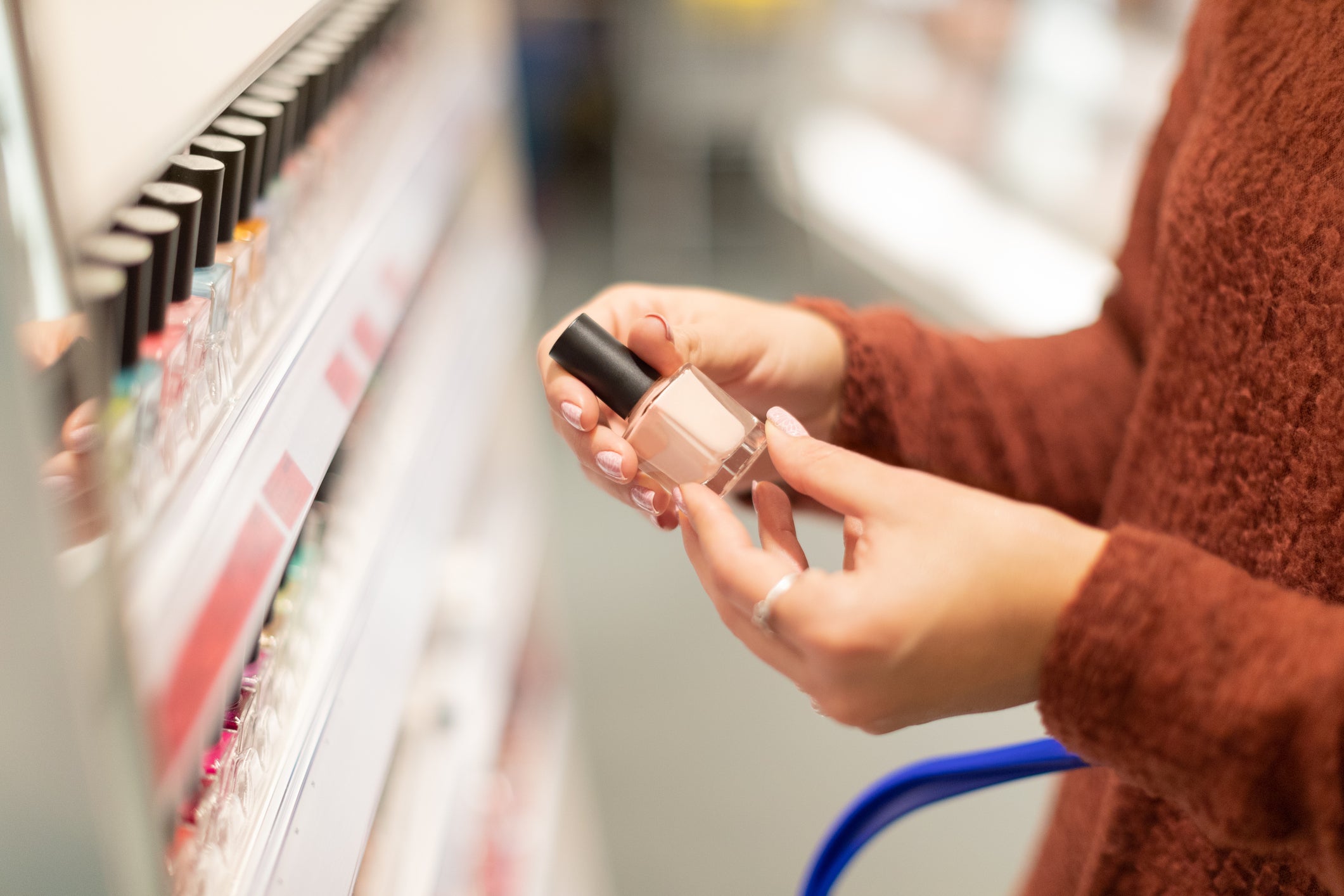
“Nail polishes are normally safe to share as long as the nail plate has been cleaned thoroughly before use and the people sharing have no nail fungus,” says Diana Jimenez, head of learning and development at Cowshed Spa.
“If they do, then you should not share as there is a risk of passing on.”
Face creams
Getting ready at a friend’s house provides the perfect opportunity for you to try out their face cleansing routine, right?
And while skincare experts agree that sharing beauty products that come in a pump form are normally safe to use (“There is no direct contact with the skin until the product is out of the bottle,” says Jimenez), the same can’t be said for pots with screw caps.
“Where it can become unhygienic, is when you dip your fingers into a pot or jar of cream, as you can’t guarantee that your fingers or under your nails beds are clean from any bacteria. This is called cross-contamination,” Jiminez explains.
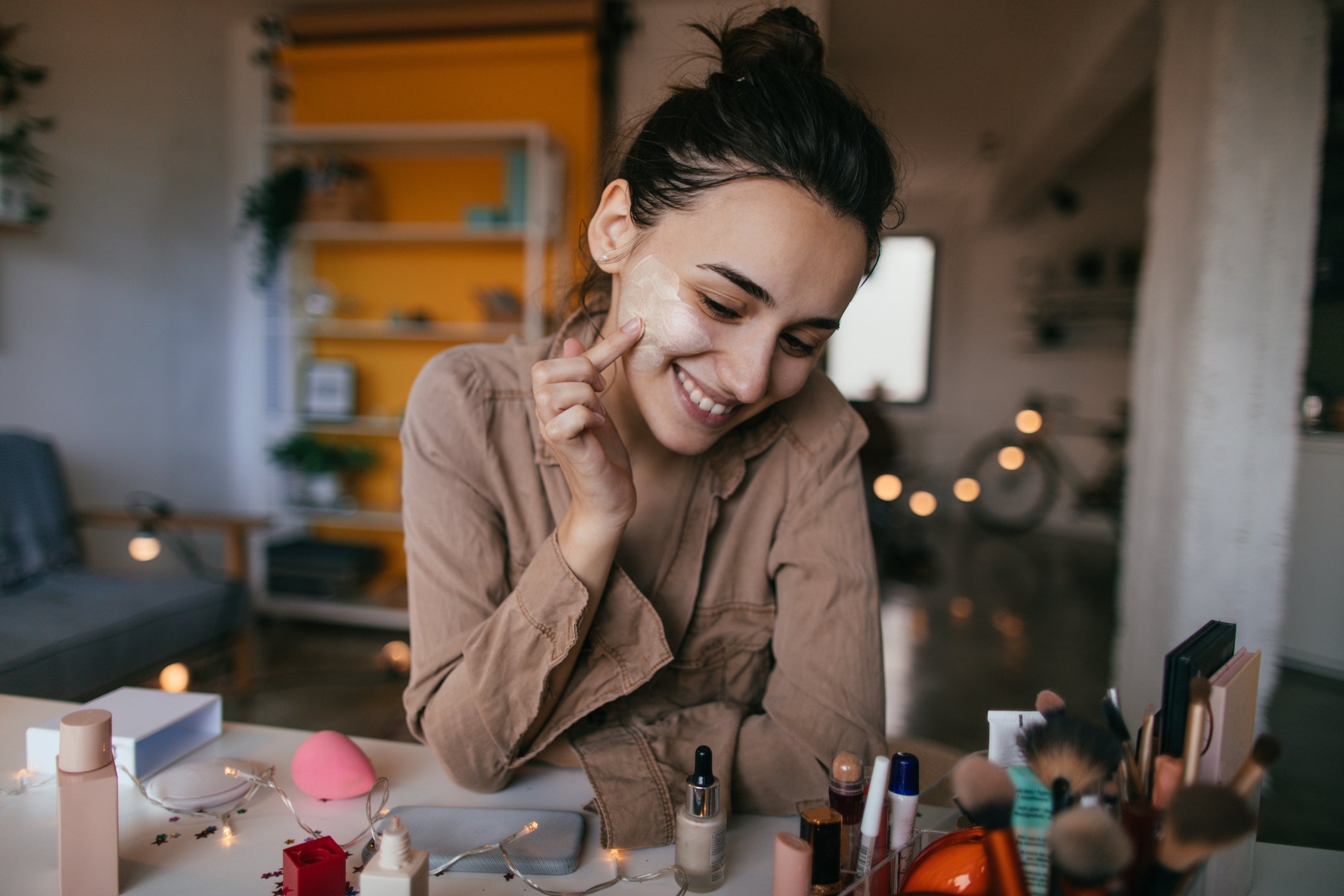
“For example if you dip your fingers into eye creams and share with another person you can cause a sensitivity on the eyes or even cause infection due to bacteria that has been passed on from user to user.”
If you find yourself in desperate need of sharing a face product with a friend or loved one (I mean, how desperate can you be?) Jimenez suggests sharing products that “come in pumps, squeeze tubes or products that you don’t have to dip fingers into”.
“Pumps will definitely reduce the risk of transmission of bacteria,” adds Dr Sheraz. “However the environment face products are kept in and how long you’ve had a product for will also make a difference in the amount of bacteria it harbours.”
He also warns people to always wash their hands before dipping their fingers into a cream. “Ideally decant some of the product with a clean spatula or even better use a product with a pump,” he advises.
Meanwhile, Amy Wright, a professional make-up artist, suggests using a sterile spatula each time you use a cream to avoid contamination and depositing it onto the back of the hand before applying to the face.
“It will also help ensure you don’t take more product than you actually need as well,” she says. “Storing creams out of the sun, ideally in a fridge also helps keep bacteria at bay.”
To avoid contamination as much as possible, Amalie Rusell, Bobbi Brown’s featured artist, advises users to “transfer favourite liquid beauty products into a pump container”.
Towels
If you step out the shower to realise you’ve recently done your weekly washing and your towel is currently hanging up soaking wet in the next room, it can seem tempting to use another person’s towel. After all, how bad can it be?
However, Dr Sheraz warns: "Towels should be changed at least weekly and never shared.”
As for face towels, the dermatologist adds that bacteria such as staphylococcus aureus thrives in the moist environment a damp towel provides.
“This bacteria can reside on the skin without causing any issues in about one third of patients,” he explains.
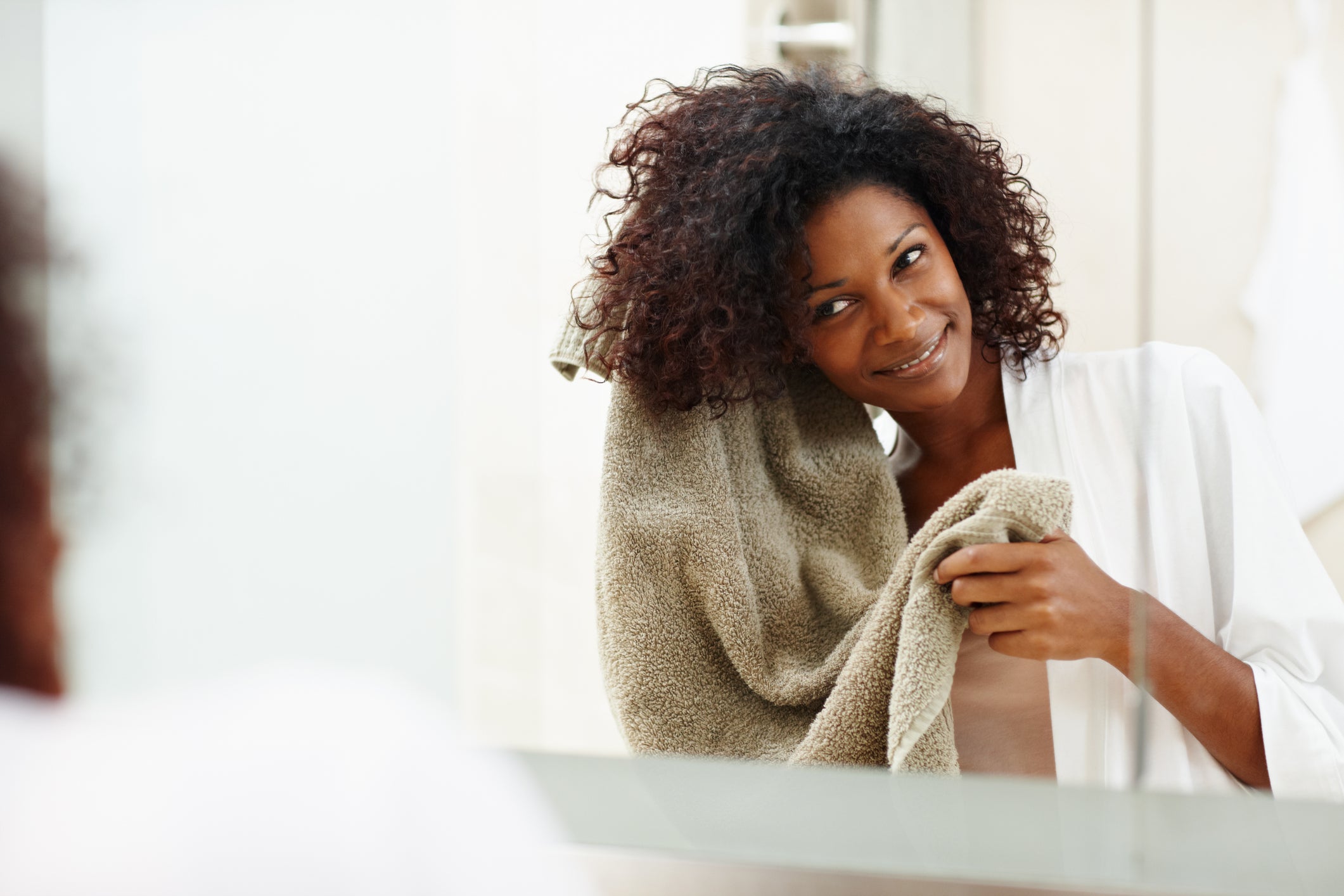
“Sharing towels can result in transmission of this bacteria, resulting in conditions such as folliculitis, abscesses and boils. Specific strains of staphylococcus may be more problematic such as PVL-Staph (which causes large painful abscesses) or the infamous methicillin-resistant staphylococcus aureus (MRSA).”
To make things worse, Dr Sheraz says that infections via spores in towels can also be quite easily transmitted, “resulting in itch scaly rashes on the body, groin or even scalp where one can be left with permanent scarring and hair loss at the site of infection”.
If in doubt, just don’t share towels.
Mascara, eyeliners and eyelash curlers
A quick swipe of a friend’s mascara wand over your lashes can’t be that dangerous, right? Think again.
“Eye infections are notoriously contagious,” warns Hannah Wilson, freelance make-up artist and owner of Reflect Cosmetics.
However, Wright suggests investing in a disposable mascara wand to avoid contamination. “If you’ve used the wand on your eye and you need more product, be sure to use a fresh wand to dip back into the tube,” she says.
As for eyeliner, look for products that can be sharpened and do so between uses.

“If you have to share an eyeliner, spray it with isopropyl alcohol or a sanitising spray and sharpen it,” says Wilson.
When it comes to liquid eyeliners, Wright advises users apply the liquid to the back of a clean hand and use an eyeliner brush to apply from hand to eye but to make sure not to share to liquid applicator itself.
For those who like to curl their lashes, Wilson says that as there is a risk of an eyelash curler touching the waterline, it’s important to spray the tool with a sanitising spray or, at the very least, give it a wipe over in between uses with a wet wipe.
“This will also ensure any mascara or make-up from the first use is wiped away,” she says. “If these are left on the curler they can cause your eyelashes to stick to the curler on the second use which is never good!”
Make-up brushes
Whether you’re a slap and go type of make-up wearer or someone who meticulously dots foundation and concealer over your face like you're a living Monet canvas, it’s fair to say that everyone has their own technique when it comes to applying coverage.
But, if there’s one rule to using make-up, according to the experts, it’s not to share make-up brushes.
“I would always use different make-up brushes on different models – I don't think you can be too careful,” says Wilson.
Dr Sheraz explains that propionibacterium acnes – the bacteria that plays a role in the development of spots – can come as a result of sharing brushes. “Avoid using someone else’s makeup brush and clean your own facial brushes once a week to prevent build-up of makeup which is a good medium for bacterial growth," he notes.
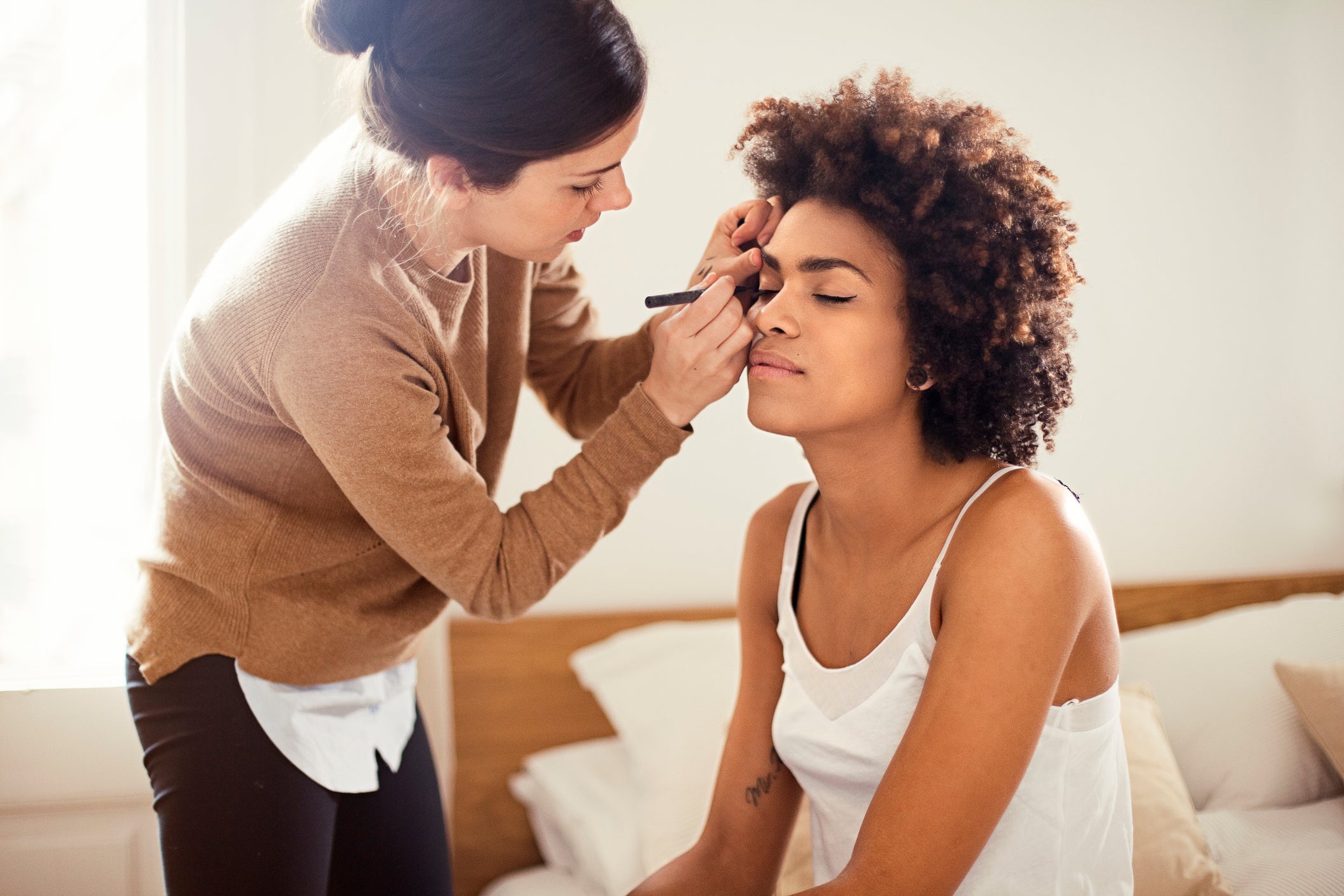
Wilson agrees, suggesting those who share brushes should invest in an antibacterial spray such as the Beauty So Clean Cosmetic Sanitiser spray. “I would definitely avoid using the same lip brush as a friend due to the risk of cold sores,” she says.
To clean your brushes, Wright suggests applying an isopropyl alcohol solution onto a tissue and swirling the brush around multiple times in the liquid until it runs completely clear from product.
“With oil based formulas, or to give brushes a deep clean, I use a liquid brush cleaner - I like Spectrum Vegan Brush soap as its mess free and keeps brushes in great condition,” she says.
Eyeshadows
Colourful peepers may always be a catwalk staple but be warned, but sharing eyeshadows with friends isn’t.
“The eyes have a very thin layer of skin to protect them and therefore are very susceptible to infections,” explains Dr Sheraz.
“Apart from the fact that you have no idea where your friend or colleague has been using their eye shadow or how long it’s been sitting in a humid toilet - there are risks of transferring infections that may result in pink eye (conjunctivitis) or even flat planar warts around the eyes.”
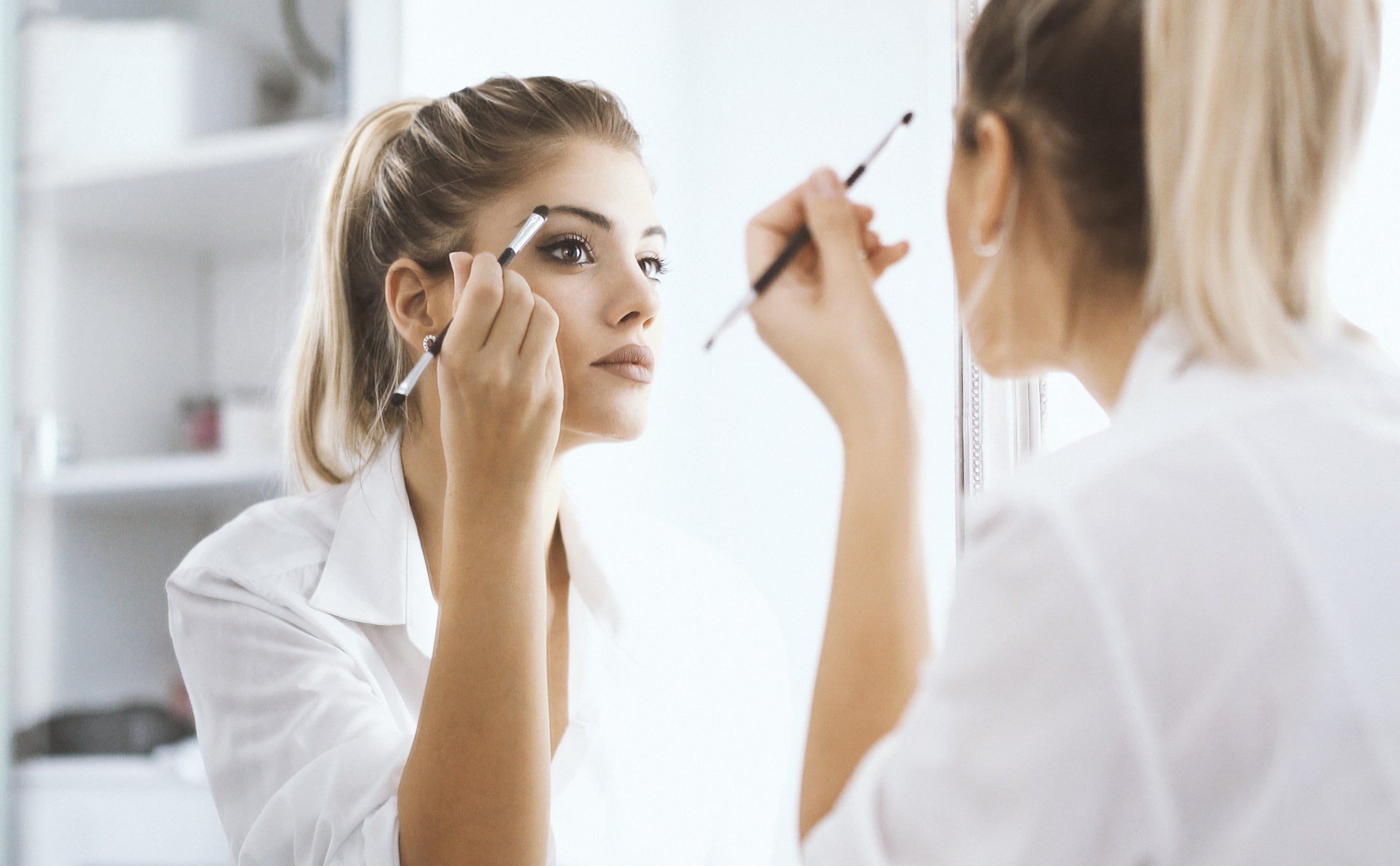
Wright agrees, stating that it is fine to share eyeshadows as long as you’re hygienic. “If using a brush, then make sure the handle is sterilised and use it to take a swatch of the cream onto the back of your clean hand before using the fibres of the brush to apply onto the eye,” she says.
“If you prefer to apply with a finger, use a cotton bud or spatula to apply onto the back of your hand first and then with a clean finger, apply from hand to eye,”
Lipbalms, lipsticks, lipglosses
Borrowing a lip product, be it for a shopping trip or during a night in front of the television, is a staple practice in many friendships.
But Dr Sheraz warns that by sharing lip products you can be at risk of spreading Herpes simplex virus (HSV-1), often referred to as cold sores, and even the common cold.

“It is thought that two-thirds of the world’s population carry the herpes (HSV-1) virus,” he says. “Some may not know they have it and in others it may be active without them realising it. It resides in the mouth and therefore using lipsticks, lip balms and moisturisers can spread its transmission.”
Wright notes that she has often seen models suffer from cold sores as a result of this.
“Often at the end of fashion week you come across the odd model who has ended up with a cold sore that they’ve picked up at a show from poor hygiene backstage,” she recalls. “There’s absolutely no excuse for exposing anyone to this risk, whether working as a make-up artist or sharing with a friend.”
For lipstick, lip gloss or lip balm, the make-up expert suggests applying the product onto the back of a clean hand and using a fresh lip brush or a disposable applicator to apply onto the lips. “Never share used applicators or dip used applicators back into the lip product,” she adds.
Pressed foundations
You’ll be forgiven for thinking that dry, pressed foundations don’t transfer bacteria in the same way liquid foundations do.
However, Dr Sheraz warns that while the chances are less it is still possible. “It will depend on the method of application – the sponge or brush you’re using may well harbour bacteria,” he says.

“Always ensure your brush is clean for every single application,” says Wright. “If it’s a loose powder formula, I recommend decanting the powder into separate plastic containers for each user for ease.”
Russell agrees, adding: “It is very important to clean the top layer of powder with a tissue or cloth and using a clean sponge or brush when ‘double’ dipping or sharing your powder product with a friend.”
Wilson says that when it comes to using powdered products in her kit, she ensures to spray them with an antibacterial spray.
However, if you don’t have a spray to hand, the make-up artist suggests tipping a bit out into your hand and swirl your brush in it. “This takes the risk of bacteria getting into the original product out of the equation,” she states.
Join our commenting forum
Join thought-provoking conversations, follow other Independent readers and see their replies
Comments